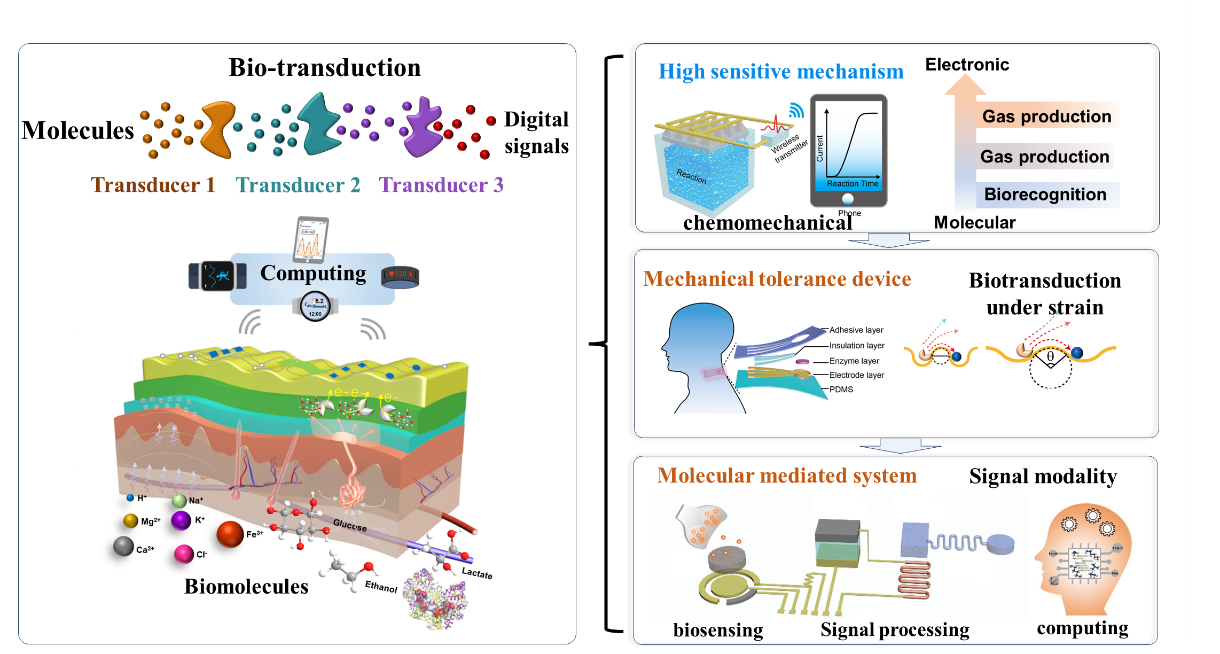17758013020 Chen Chen
-
-
-
17816169069 Jinglin Jian
-
17758013020 Chen Chen
17816169069 Jinglin Jian

Ting Wang is a professor of Nanjing University of Posts and Telecommunications (NJUPT), China. She received her Ph.D. degree from Central South University in 2015. From 2015 to 2021, She was a postdoctoral fellow at the School of Materials Science and Engineering, Nanyang Technological University (Singapore). She joined NJUPT as a professor in June 2021. Her research interests focus on developing biosensors on soft interfaces for non/minimal-invasive health monitoring and artificial system. She has published 17 papers as the first/corresponding author including Nature Electronics and Advanced Materials with H index of 33. She also been sponsored by fundings such as the Natural Science Foundation for Excellent Young Scholars (2023), the Program of Jiangsu Specially-Appointed Professor (2022), etc. She is selected as MINE Young Scientist (2023), Nanoscale Emerging Investigators (2022) and invited as a guest editor of Biosensors to organize a special issue of Flexible biosensors.
Biomolecular perception on soft interfaces
Ting Wang*
* Key Laboratory for Organic Electronics and
Information Displays & Institute of Advanced Materials
Nanjing University of Posts & Telecommunications (NUPT), China (iamtingwang@njupt.edu.cn)
Abstract
Precise perception of biosignals on the soft interfaces enables dynamically monitoring of health status at the molecular level. Implementation of biosensors and its integrated systems on soft interfaces is quite challenging as biomolecular sensing involves complex cascade transduction process (Figure 1). Aiming at the scientific problem of efficient signal transduction on soft interfaces, we focus on controlling the cascade signal transduction of biomolecules. More specifically, in this talk, I will introduce: i) a chemomechanical transduction mechanism which realizes the tactile sensing of biomolecules; ii) the stability mechanism of cascade reactions which solves the problems of instability in both time and space domains; iii) a sensing-feedback cascade functional system which builds an interactive interface with compatible signal modality.

References
[1] T. Wang, et al. Adv. Mater., 2019, 31, 1803883.
[2] T. Wang, et al. Adv. Mater., 2020, 32, 2000991.
[3] T. Wang, et al. Nat. Electron., 2022, 5, 586.
[4] L. Guo#, T. Wang#, et al. Adv. Mater., 2020, 32, 2004805.
[5] T. Wang, et al. Adv. Mater., 2020, 32, 1905522.